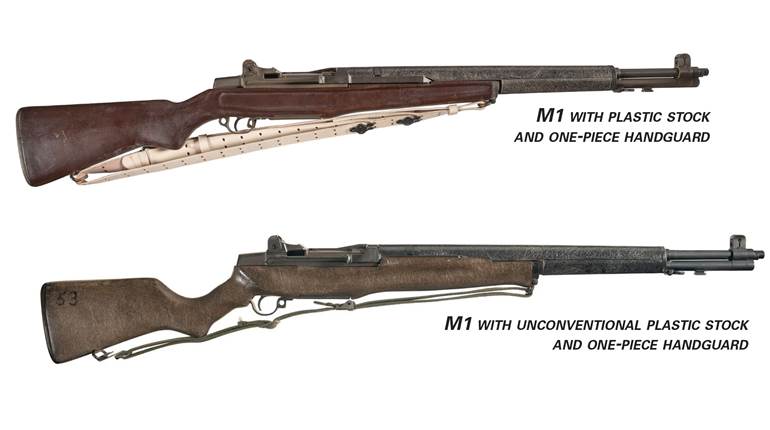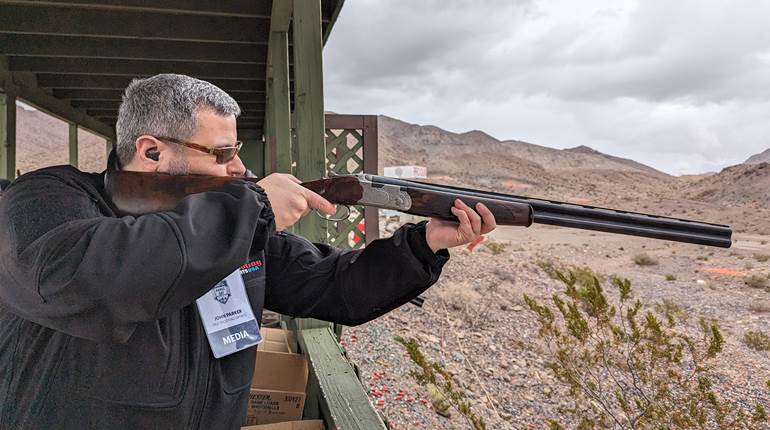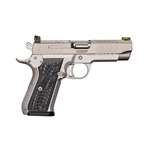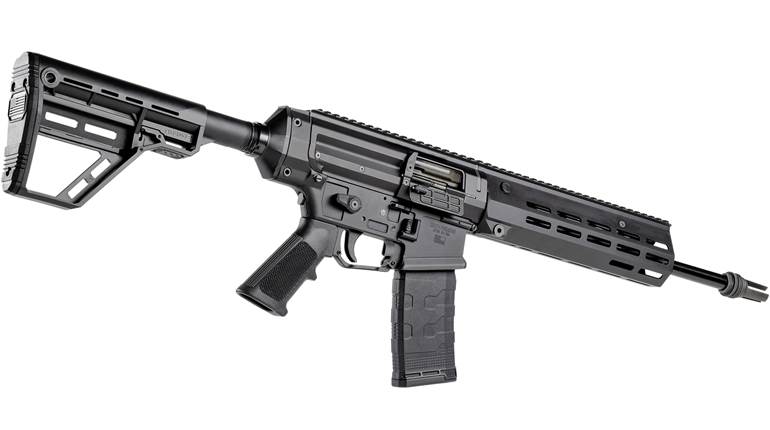
Q. I’ve always wanted a Browning Superposed shotgun, but I’ve heard of a stock issue involving salted wood. What happened, and is it still a problem?
A. Browning had a problem with its stocks during the Superposed shotgun’s peak popularity in the mid-1960s. That’s when the company acquired a large amount of high-grade California walnut and elected to use a faster wood-curing process to keep up with increased sales. Normally, the wood would have been kiln-dried, but it’s a slow process, and speeding up kiln drying can produce cracks in fine walnut. A salt-drying process had been developed by Morton Salt Co. that was used by the furniture industry for curing wood more quickly. Browning’s initial testing indicated no problems, so it began salt-processing stock blanks in 1965.
Ned Schwing’s book Browning Superposed (Krause Press, 1996) describes what happened next. “In an area roughly the size of a football field, five-foot by five-foot by eight-foot stacks of stock blanks were covered with salt. The salt was supposed to leach out the moisture and dry the wood quickly. The process did accomplish its purpose, but the moisture that was drawn out of the blanks on top of the stacks ran down into the blanks below, resulting in a brine solution that soaked the lower wood blanks.”
The salt curing done in the United States affected as much as 90 percent of the stocks made from 1967 to 1969. After being fitted to guns, the finished “salt stocks” caused rust where the wood met the metal. The problem continued until 1972 when Browning finally opted to burn the remaining supply of salt-dried walnut blanks and replaced it with kiln-dried wood.
Browning openly admitted to the problem and agreed to replace stocks of original buyers for free. Most of the “salt stocks” have now been replaced, but it’s possible that a pristine, unfired safe queen, even with latent salt, may not manifest the problem because moisture is necessary to initiate rusting.
—Joe Coogan, Contributing Editor






































